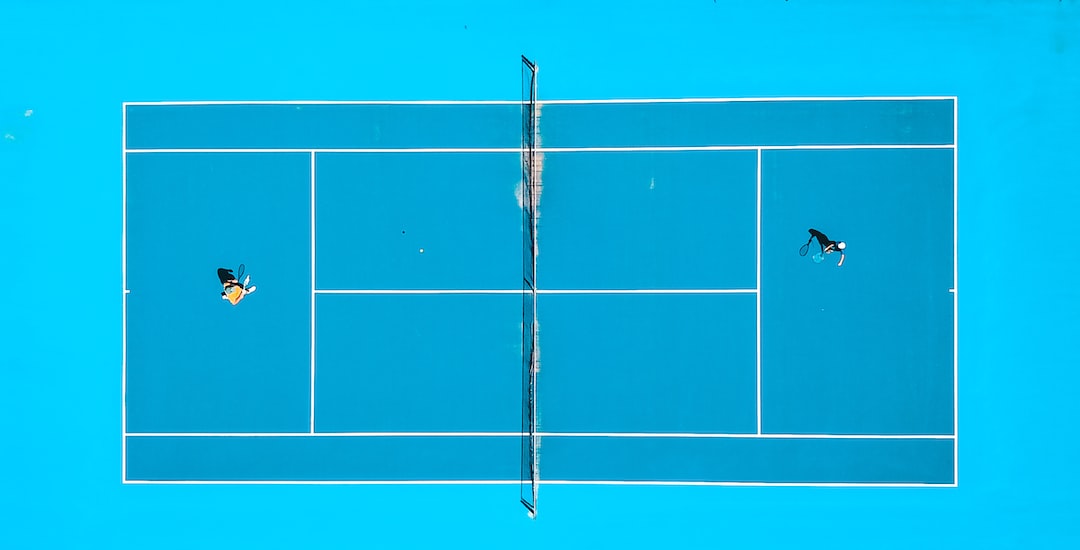Resistance training is steadily gaining popularity in the sports world due to its countless benefits. Resistance training involves using weights, resistance bands, or bodyweight to create resistance against your muscles, which in turn helps to increase strength, power, and endurance. When executed properly, resistance training can significantly enhance sports performance. In this article, we’ll highlight how to properly use resistance training for sports performance.
1. Set Goals: The first step to properly using resistance training for sports performance is setting a goal. Your goal should be specific, measurable, attainable, relevant, and time-bound. For instance, if you’re a basketball player, your goal may be to increase vertical jump height by 3 inches in 3 months. Ensure your goal is realistic and avoids setting targets that are too high to achieve, as this will only dampen your morale.
2. Select Similar Exercises: After setting your goals, find exercises that mimic movements you’d use in competition. As an example, a football player primarily uses their lower body to propel themselves from side to side, so exercises that focus on the lower body will be ideal – squats, lunges, deadlifts, and box jumps are all good options. However, this is not to say that upper body work shouldn’t be included, as building total body strength is essential for optimal sports performance.
3. Use Proper Form: Improper form during resistance training could lead to injuries, limiting your ability to perform in your sport. Therefore, it’s wise to seek guidance from a qualified trainer or coach who can correct your form and prevent injury. Proper form ensures that the target muscle receives the required stimulus while reducing the chances of injury.
4. Gradual Progression: Resistance training should be approached gradually. Avoid piling up weights in one go, instead, increase weight, reps, or sets over time as you become stronger. Gradual progressions ensure you avoid hitting fitness plateaus that could hinder your progress.
5. Recovery is Essential: Adequate recovery is vital after resistance training. Your muscles need time to rest and recover from the stress of the workout. A good rule is to give yourself 24-48 hours of recovery time per workout.
6. Assess and Adjust: Regular assessment of your progress helps you make necessary adjustments to your resistance training routine. If you’re not achieving your expected goals or experience pain or injury, it might be time to reassess your routine and make changes.
7. Make Resistance Training a Lifestyle: Lastly, consistency is vital for achieving success in resistance training. Make resistance training a part of your lifestyle, much like brushing your teeth or eating nutritious meals. Consistency in your routine is the key to seeing significant progress over time.
In conclusion, using resistance training for sports performance requires setting proper goals, selecting similar exercises, using proper form, gradual progression, adequate recovery, regular assessment, and consistency. When executed effectively, resistance training results in significant improvements in strength, power, and endurance, enabling athletes to perform at their best on the field.

